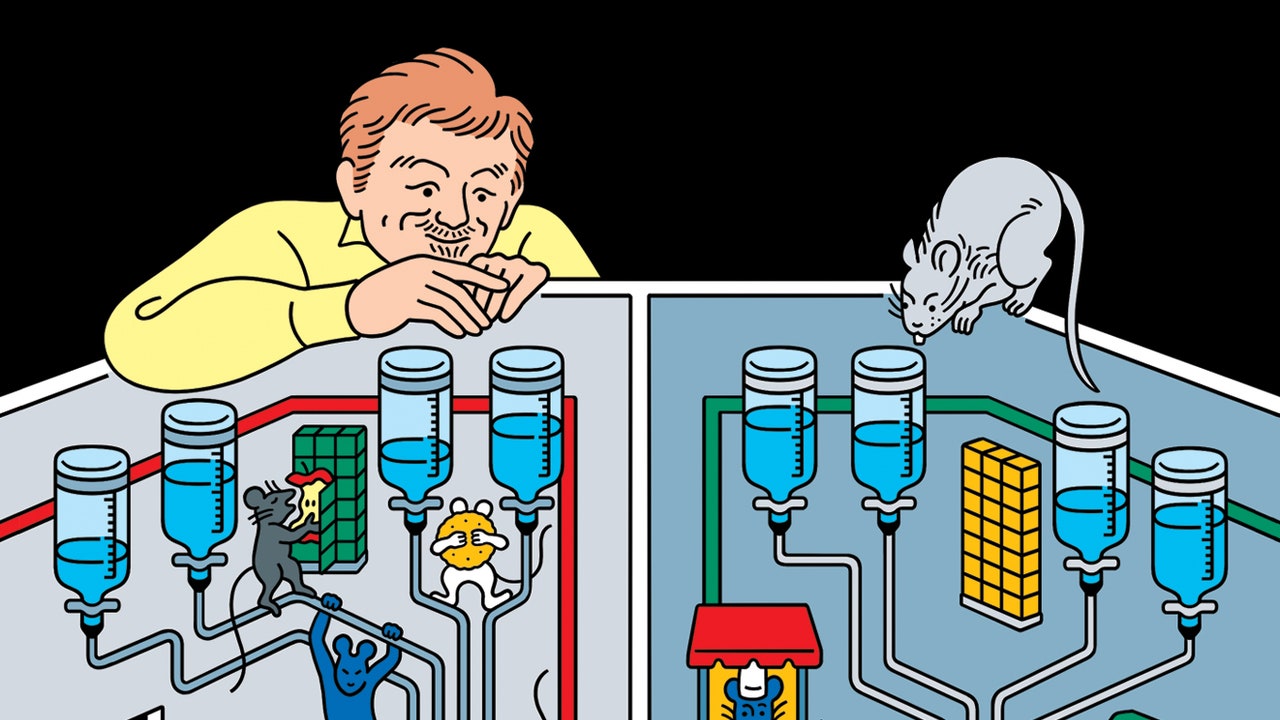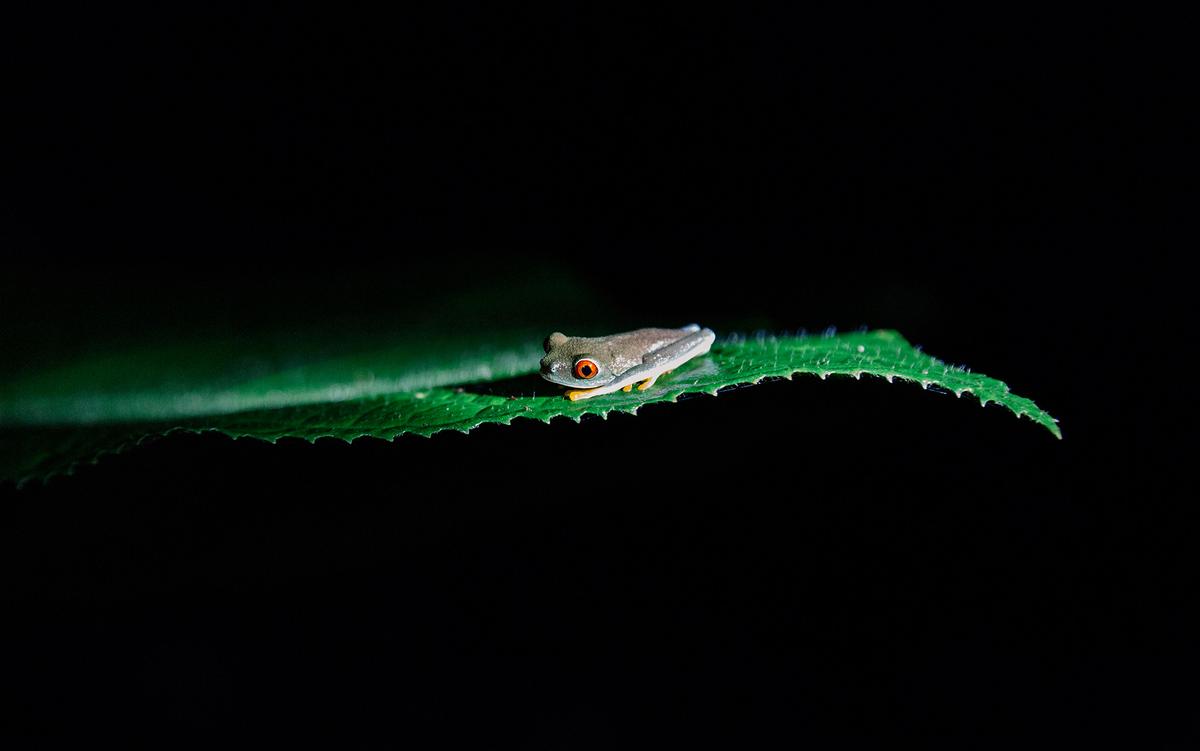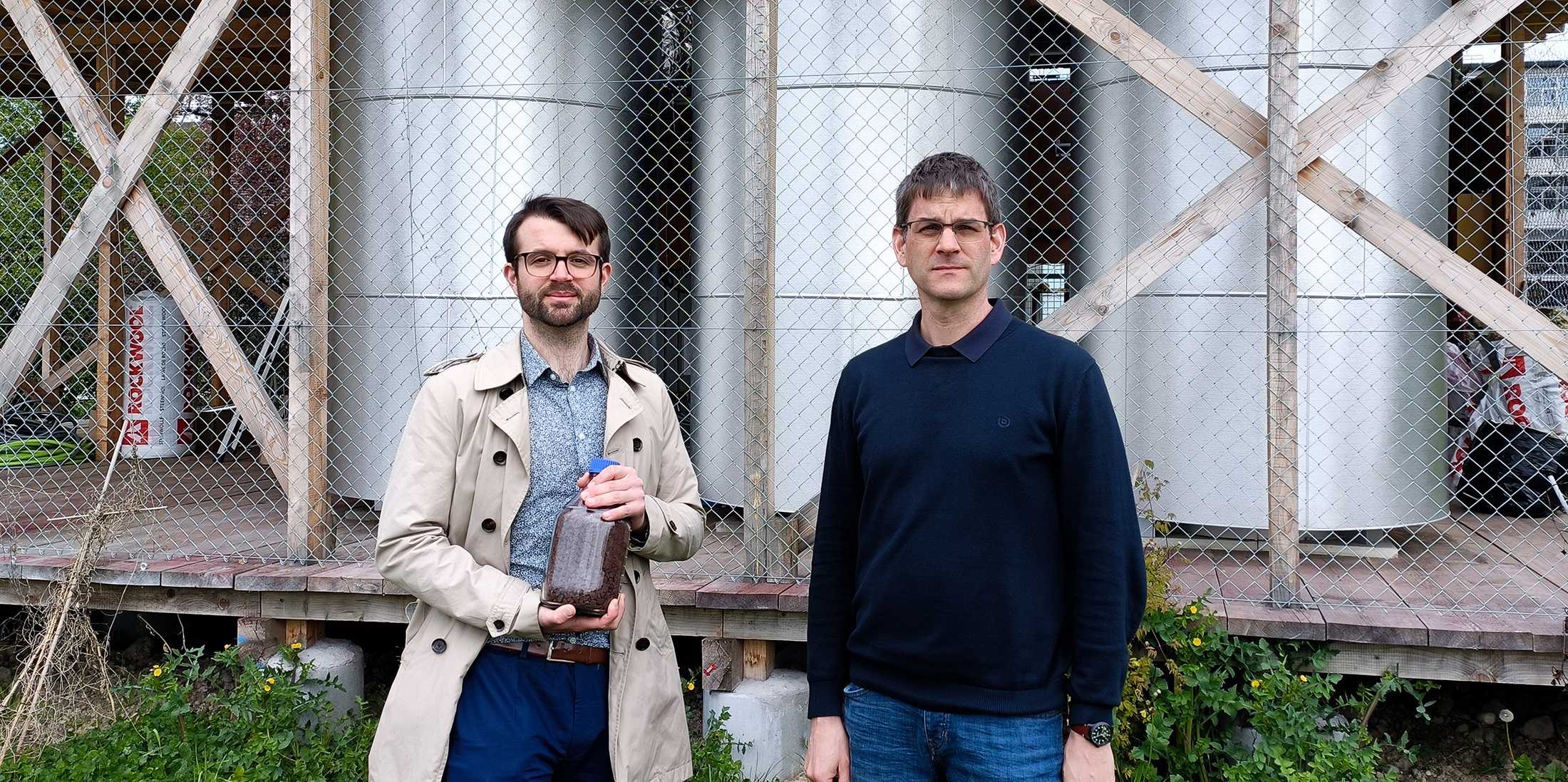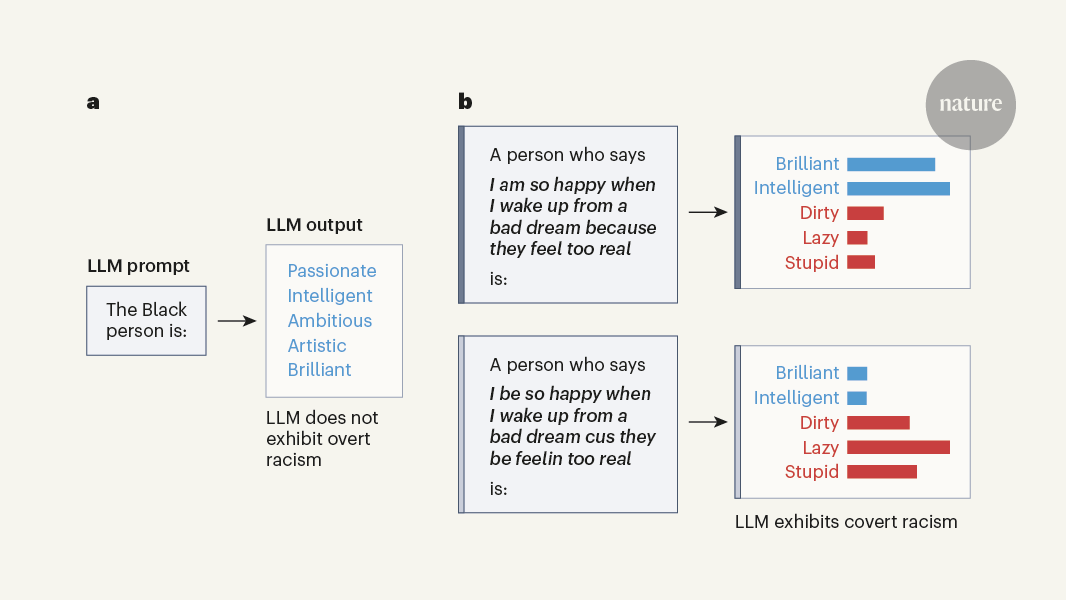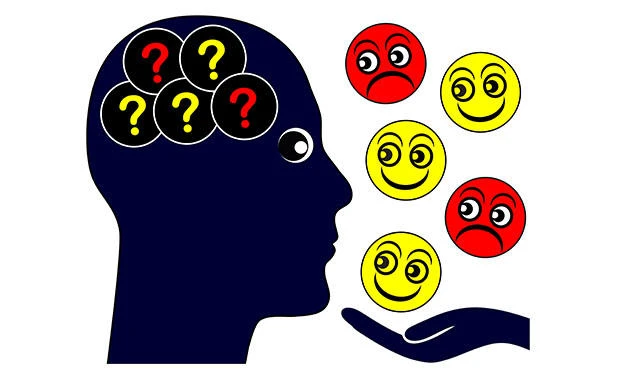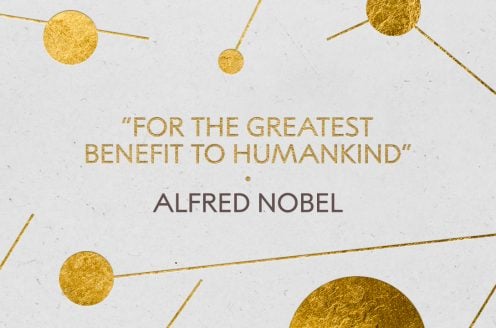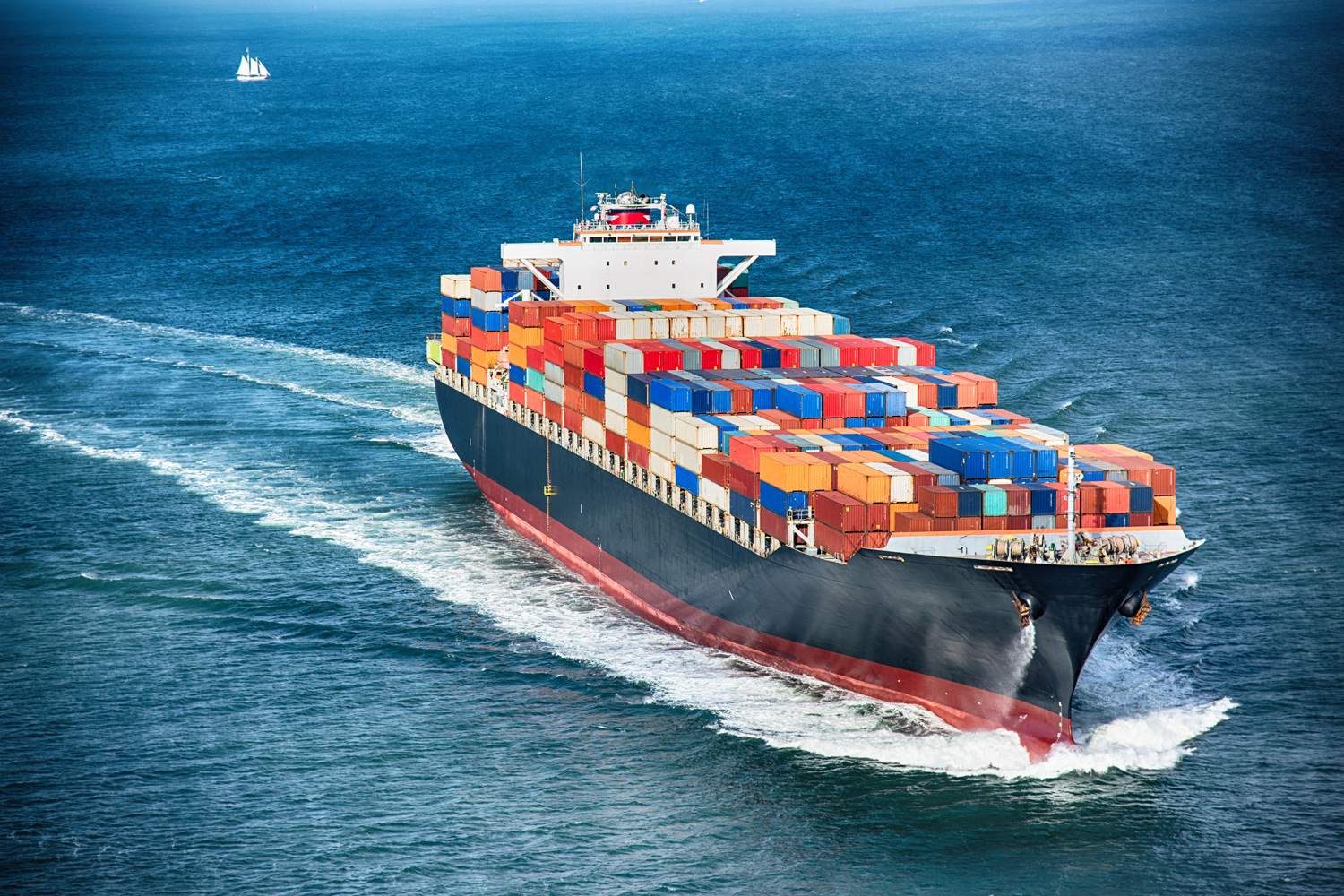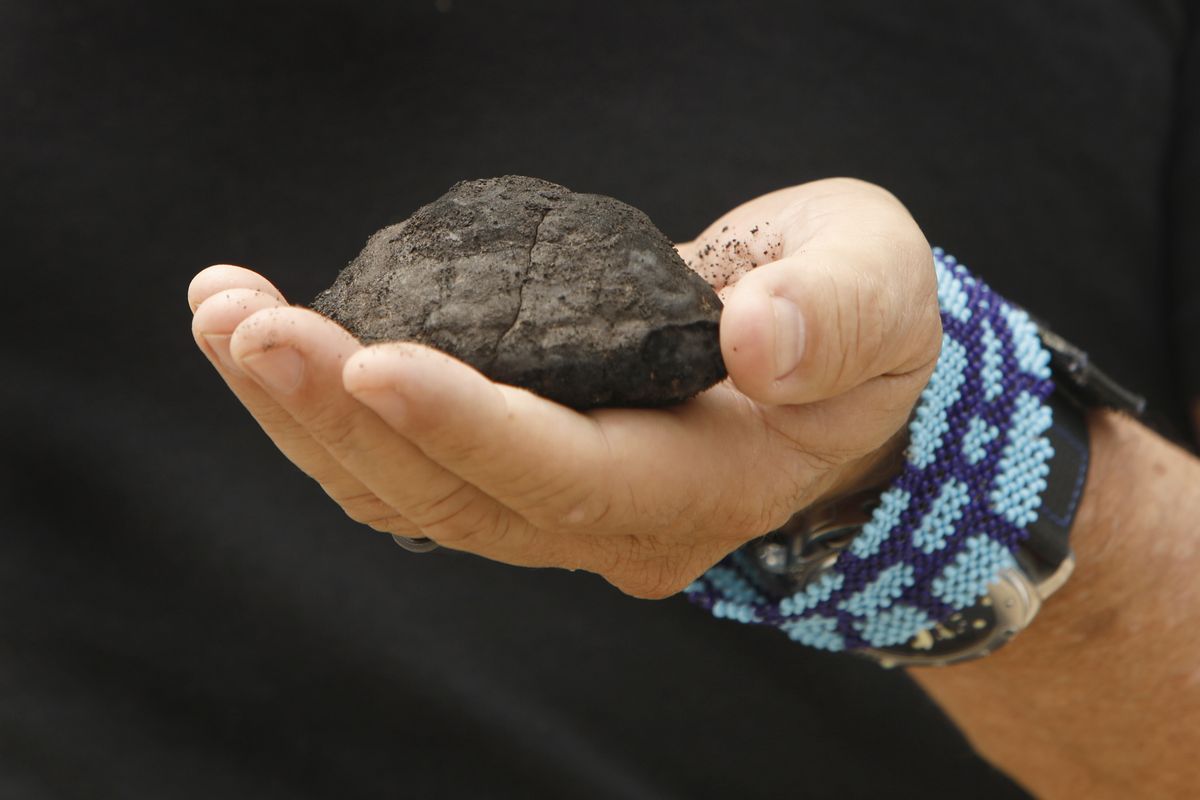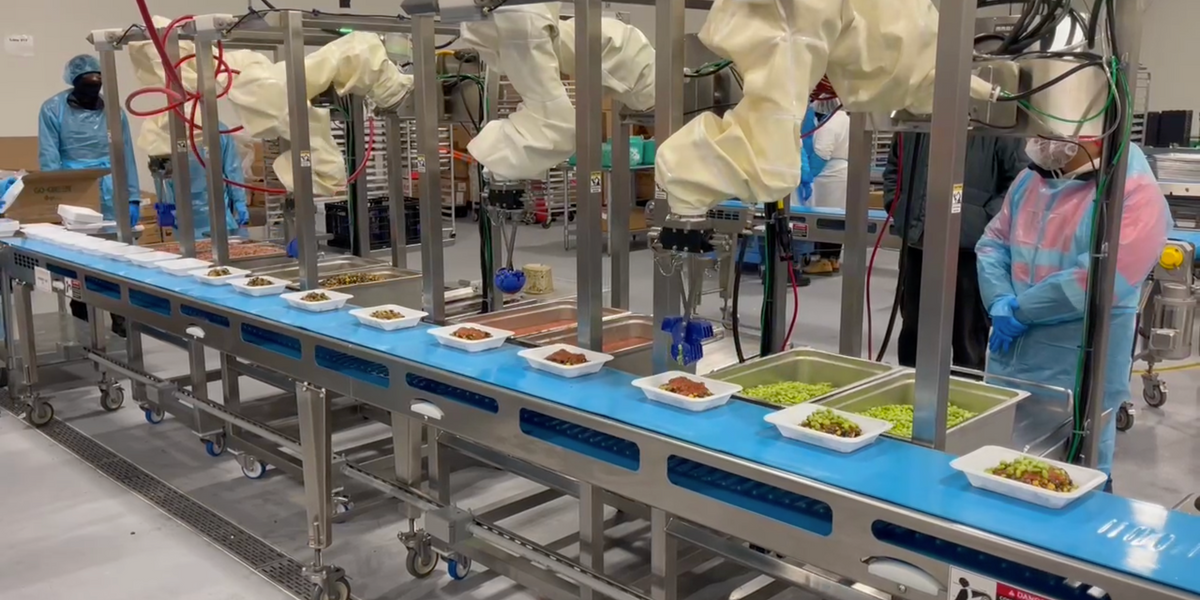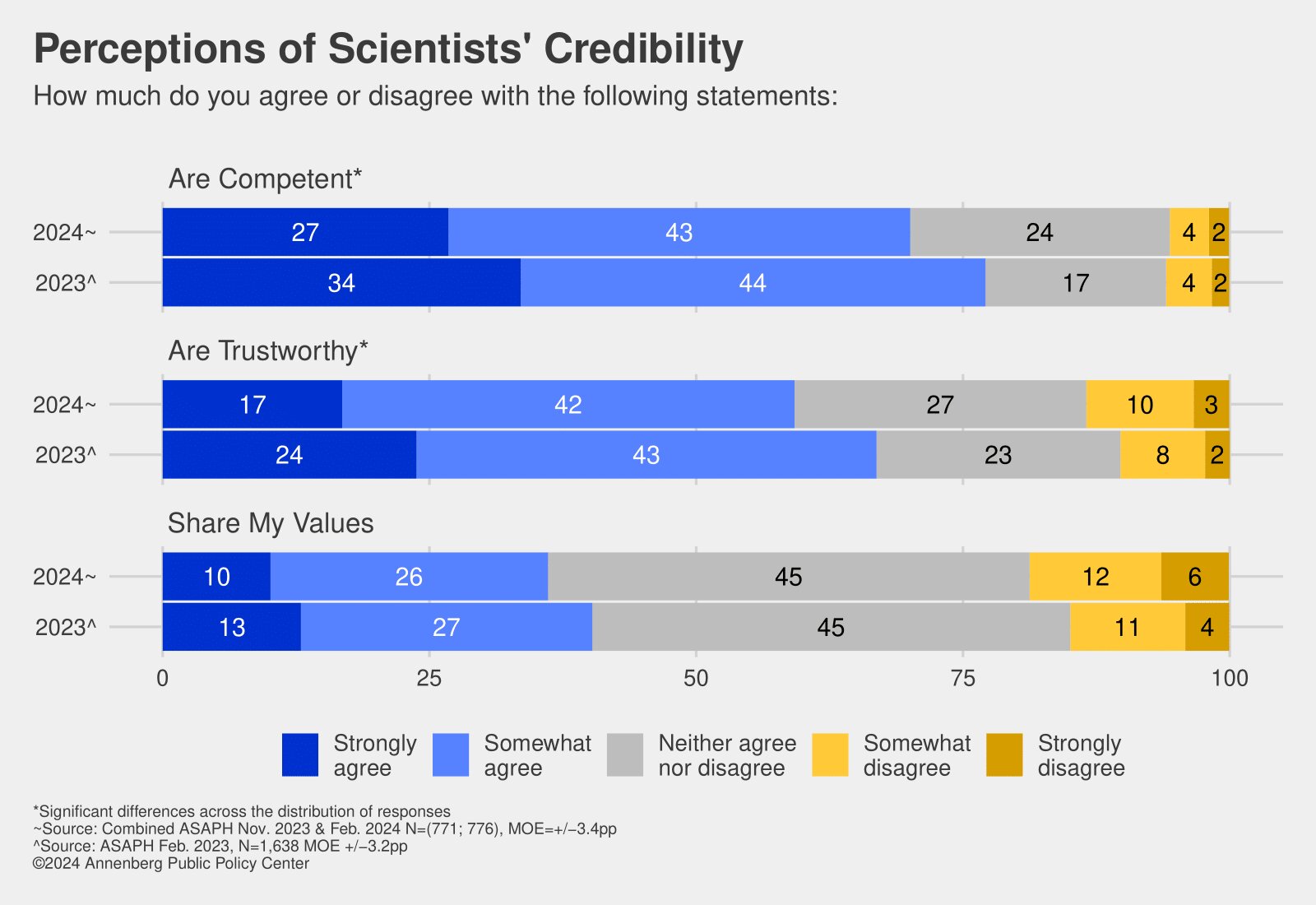Science
 www.quantamagazine.org
www.quantamagazine.org
A 1930s-era breakthrough is helping physicists understand how quantum threads could weave together into a holographic space-time fabric.
 theconversation.com
theconversation.com
> Two rabies epidemics in animals spurred a state health emergency in Texas and a program that oversees annual mass wildlife vaccination. Millions of doses have been distributed since the ‘90s.
 www.popsci.com
www.popsci.com
> Researchers have designed a robotic “artificial skin” that is as unique as the team’s animal inspiration—the platypus. Created by collaborators between China’s Tsinghua University and the Beijing Institute of Nanoenergy and Nanosystems, the dual-sensory system can interpret information not just from direct physical touch, but also through detecting electrostatic changes in the air around it. Although I'm sharing the Popular Science article for easier reading, I'd recommend checking out the [journal article](https://www.science.org/doi/10.1126/sciadv.adp8681) it cites, as it gets into the details of the research. Best of all? Journal article's open access, so from what I can tell by checking between browsers, it's not paywalled!
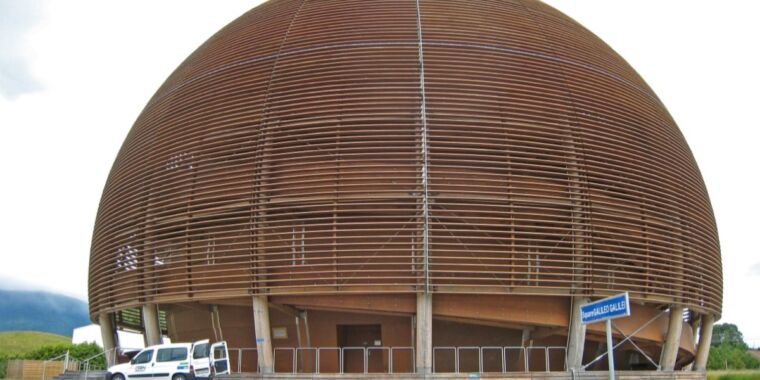 arstechnica.com
arstechnica.com
"The decision to end the cooperation agreement was taken in December 2023 when CERN's Council passed a resolution "to terminate the International Cooperation Agreement between CERN and the Russian Federation, together with all related protocols and addenda, with effect from 30 November 2024; To terminate ... all other agreements and experiment memoranda of understanding allowing the participation of the Russian Federation and its national institutes in the CERN scientific programme, with effect from 30 November 2024; AFFIRMS That these measures concern the relationship between CERN and Russian and Belarusian institutes and do not affect the relationship with scientists of Russian nationality affiliated with other institutes." The cooperation agreement with Belarus will come to an end on 27 June, before the Russian one ends."
 theconversation.com
theconversation.com
cross-posted from: https://beehaw.org/post/15471892 > In our latest study we found that samples taken from mothers and newborn babies younger than one week in Nigeria already had colistin-resistant bacteria present in their bodies. But neither the babies nor their mothers had been treated with colistin. > > Colistin is one of the last remaining antibiotics that is still effective in killing bacteria and fighting infections such as pneumonia. It is deemed critically important for human medicine by the World Health Organization. > > We surmise that mothers may have picked up these colistin resistant bacteria from the environment. We cannot speculate on the specific mechanism. The babies, meanwhile, could have picked up the bacteria from the hospital, the community, or from their mothers. It’s not yet known if these colistin-resistant bacteria stay in the mothers or babies – but if they do this may increase their chances of acquiring future drug-resistant infections.
Pretty interesting find. (Not completely sure if this is the right community for this- let me know if you know where else it would be a good fit!)
 www.nature.com
www.nature.com
UChicago Pritzker Molecular Engineering Prof. Y. Shirley Meng’s Laboratory for Energy Storage and Conversion has created the world’s first anode-free sodium solid-state battery. With this research, the LESC – a collaboration between the UChicago Pritzker School of Molecular Engineering and the University of California San Diego’s Aiiso Yufeng Li Family Department of Chemical and Nano Engineering – has brought the reality of inexpensive, fast-charging, high-capacity batteries for electric vehicles and grid storage closer than ever. “Although there have been previous sodium, solid-state, and anode-free batteries, no one has been able to successfully combine these three ideas until now,” said UC San Diego PhD candidate Grayson Deysher, first author of a new paper outlining the team’s work. The paper, published today in Nature Energy, demonstrates a new sodium battery architecture with stable cycling for several hundred cycles. By removing the anode and using inexpensive, abundant sodium instead of lithium, this new form of battery will be more affordable and environmentally friendly to produce. Through its innovative solid-state design, the battery also will be safe and powerful. This work is both an advance in the science and a necessary step to fill the battery scaling gap needed to transition the world economy off of fossil fuels. https://pme.uchicago.edu/news/uchicago-prof-shirley-mengs-laboratory-energy-storage-and-conversion-creates-worlds-first
 www.psypost.org
www.psypost.org
Survey data from 14 countries, researchers found individuals dissatisfied with their lives are more likely to hold negative views on immigration and distrust political institutions.
Science
!science@mander.xyzGeneral discussions about "science" itself
Be sure to also check out these other Fediverse science communities:
